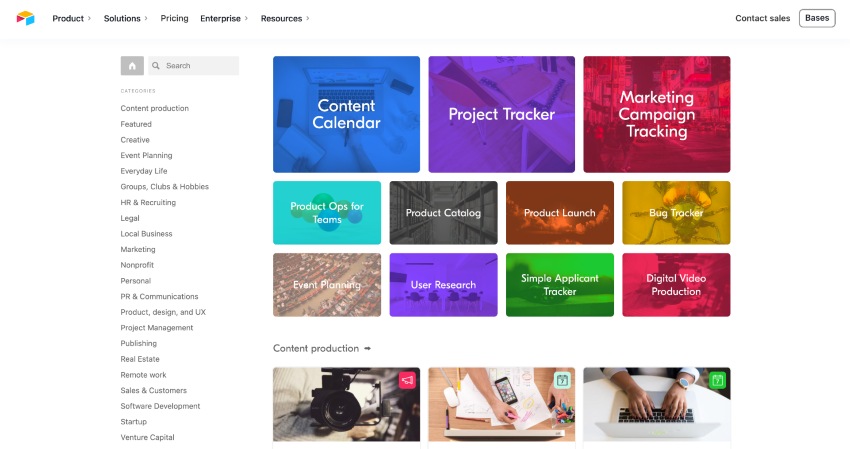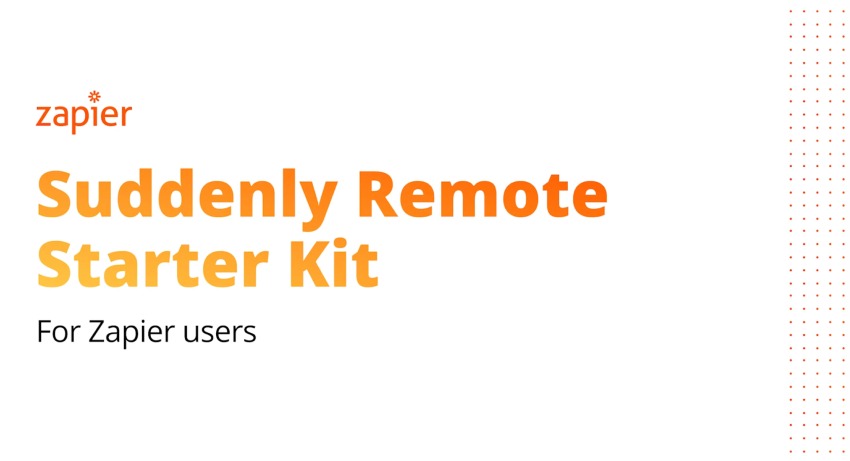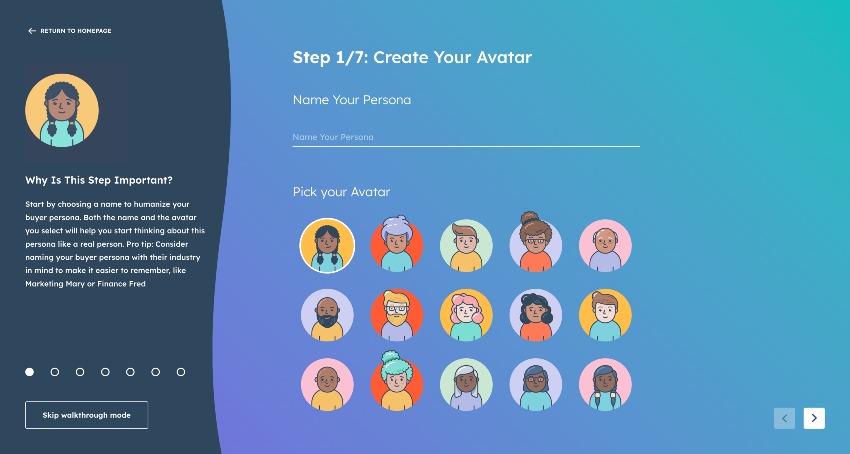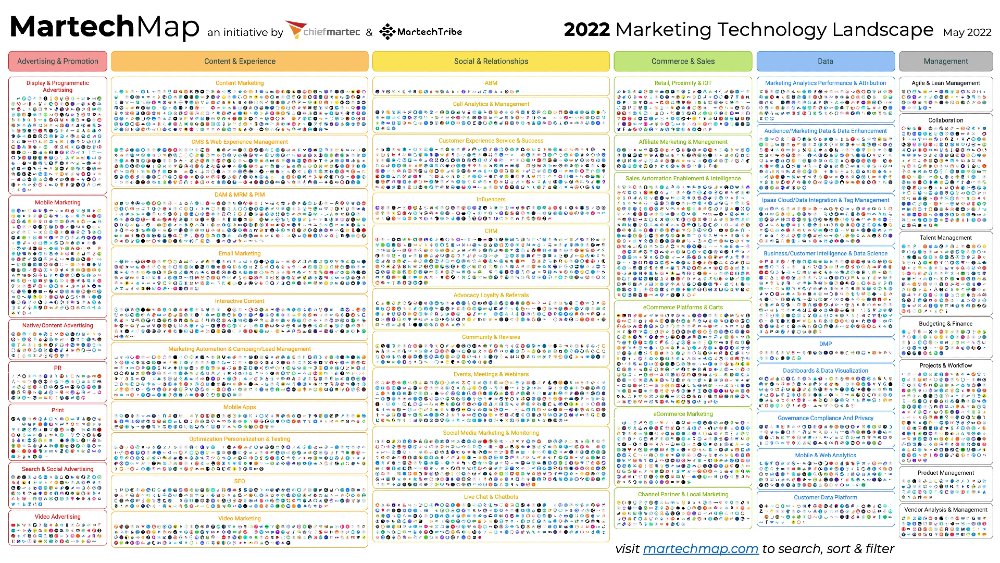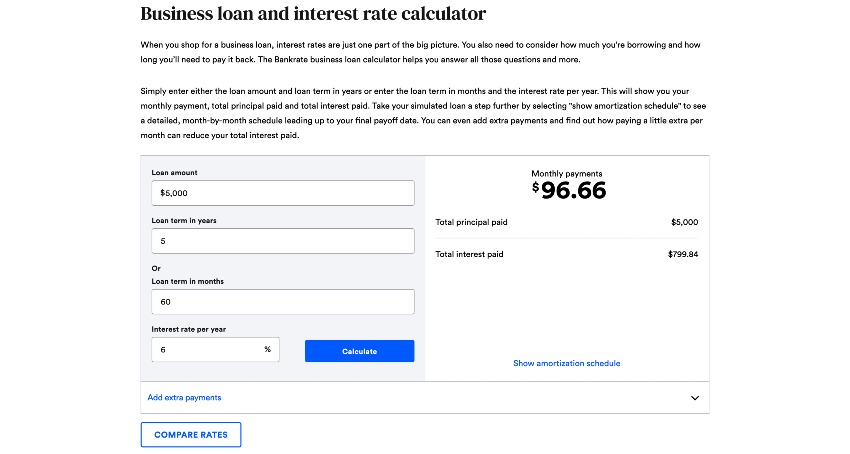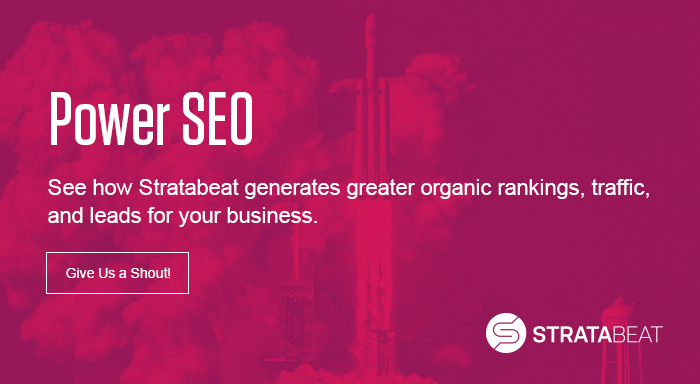Passive Backlinks: Turn Web Pages into Link Magnets

A website that Stratabeat is responsible for optimizing attracted new backlinks from 418 websites over the past six months alone. Among these, 84 of the sites boast a Domain Rating (DR) of 50 or higher (in other words, sites with high SEO equity). Thirty-seven were from websites with a DR of 70 or higher, which is extremely high.
Everyone who knows even a little bit about SEO understands that high-quality backlinks and referring domains are an important Google ranking factor.
But what if I told you that the website mentioned above attracted these backlinks passively? Without any outreach? Without a backlink building program?
Passive backlinks can be a game-changer for your B2B SEO results. And the ironic thing is that they often produce greater SEO ROI than actively trying to conduct outreach in search of links.
How can you generate a great number of passive links to boost your organic search results? Let’s dive in.
What Is Passive Link Building?
Passive link building, also called “link earning” or “link attraction”, is the process of building backlinks that link from other websites to yours without any outreach on your part. In other words, they occur naturally, not as part of any marketing effort. Other individuals and groups simply find your web pages link-worthy, and so they add a link in their site to yours.
This is the preferred approach of Stratabeat and always has been. We think it’s the strongest, most sustainable form of link building. For example, if we include a number of surprising stats in a post, this often leads to others linking to the content, citing one of the stats. Or we might include captivating stories. Or we might produce a 5,000-word pillar page that we feel helps a reader solve an important problem better than what’s available on Google page one today. All of this leads to passive backlinks.
Granted, we write byline articles for industry publications or secure media interviews for certain clients, and these PR activities generate backlinks as well. But outside of these tactics, we mainly rely on passive link building for link generation.
Keep in mind that passive link building primarily works when a website is already established and optimized. If you’re launching a new site with zero brand awareness and no Google rankings, passive link building may not be a viable option for the time being.
We’re now starting to see some major SEO agencies in the industry finally coming around to our way of thinking. We actually welcome the shift in mindset. The industry and customers as a whole will benefit, we believe, from our approach that’s centered on EARNING links rather than requesting or paying for them.
Why Passive Link Building Is Important
With SEO, a sound technical infrastructure is important for teeing up your site for optimal ranking in Google. In addition, high-quality content is essential for signaling your expertise to Google.
High-quality backlinks are the third pillar to SEO success. Backlinks help Google to understand that your content is trusted and valued by others. Google representatives have openly stated that quality content and backlinks are two of the most important elements in SEO.
The problem with traditional link building is that it can be an artificial method for trying to prove your trustworthiness. Many companies have been conducting outreach and asking for backlinks or link exchanges for years. Others pay for links (bad, risky idea!). And yet others set up partnerships or websites strictly for the purpose of linking. This of course isn’t a true indication of trust or value. The process is fraught with risk. It’s more about trying to game the system, which we think is a bad idea and completely misses the point of a strong B2B content strategy.
Passive link building, on the other hand, is a superior form of link building. It’s a true measure of trust and value. This is because it’s focused on providing such exceptional value that others would naturally want to link to it.
With passive backlinks (unlike traditional outreach), you’re not begging other sites to link to you. Instead, you’re spending your energy coming up with ways to thrill your target audience. With ways to overload them with value. With ways to guide them to the next step in their journey. Your focus is squarely on your audience personas and customers. Isn’t that where your content development focus should be?
Top Link Attraction Strategies
We’re going to give it to you straight… Creating great content worth linking to is a time-consuming process. It’s not easy. You’ll want to factor the following into your content development process:
- Audience research
- Keyword research
- Topic ideation
- Content development
- Creativity and brainstorming
- On-page SEO
- Content optimization
- Web and blog design
- Content atomization
- And more
With that said, let’s dive in.
Determine the Type of Content Your Audience Loves
Before you even begin thinking about backlinks, figure out what content is even worth linking to. What would make them eager to share the content with colleagues and teammates? What would make a webmaster or blogger want to cite you in their next post?
Figure out which content is right for your audience by considering:
Goals
What does your audience want to accomplish in the next three, six, or 12 months? Thinking about your audience’s immediate goals — and what you could create to fill in the knowledge gap to succeed at those goals — is a great starting point for any new content.
Interview them, conduct surveys, hold focus groups, take them out to lunch… whatever it takes, learn as much as you can directly from your target audience.
Pain Points
What are your target audience’s top challenges and problems? What causes their stomach to tie up in a knot on Sunday evenings? Where are they at risk of not delivering on promises made to their CEO?
Similarly, what problems do you find yourself repeatedly solving for your customers? Oftentimes, clients think they need a certain deliverable or product when what they really need is something much different.
If you can tackle deeper pain points and solve them in your content, your content’s value will skyrocket.
Format
Understanding your audience’s content consumption preferences helps you to create best-fit content.
Is your audience visual, auditory, or academic? Do they sit down for long periods of time, or are they constantly on the go?
Convenience is a major consideration when determining content types. Think about how many podcasts are good vs. how many have listeners.
Airtable knocks it out of the park with its audience by publishing an extensive library of templates, something very useful to any Airtable user. The templates section of the site alone has generated more than 8,500 backlinks from 1,100+ websites.
Research the Most Linked Content Online
Once you have a healthy list of ideas, your research begins.
Use tools such as Ahrefs, Semrush, thruuu, KWFinder, and Keywords Everywhere to identify relevant keywords associated with topics your target audience cares about.
Then, use tools like BuzzSumo and Ahrefs to identify the most popular content online related to your keywords. Using these platforms, you can see what’s being shared the most or what content is attracting the most backlinks.
Optimize Your Content for SEO
Here’s a Catch-22 of ranking in Google. In order to rank at the top of the Google results, you want backlinks, but it’s often the top few Google search results that attract the most backlinks.
Optimizing your content helps it to rank higher in Google, and once you achieve high enough rankings, you can expect your passive backlinks to accelerate.
As you can see, passive link building doesn’t work as a strategy unless you’re first optimizing your content to begin with.
The more adept you are at technical SEO and on-page SEO, the greater likelihood that your website will gain high domain authority on the topics you target. The better you are at content SEO, the higher your Google organic rankings. The higher your rankings, the more likely you are to gain passive links (you need to be found in order to be linked to).
Here are a few tips to optimize your content:
- Use clear, human-readable language and include the target keyword in your URL
- Optimize your Title and Meta Description
- Include the SEO keyword in the H1
- Make sure your headings and subheadings are short and clear. If natural, include the target keyword and/or related terms.
- Sprinkle your primary keyword and related keywords in the body copy
- Use internal linking to help clarify the topic of your web pages to Google
- Link to authority sites
- Upkeep old content
How to Generate 3X More Traffic from Your Google Rankings
Ready to Increase Your Organic Traffic? Read the Post
Create High-Quality and Compelling Content
Your audience is everything when it comes to winning them over with value-packed, SEO-friendly content. To that end, we’ve compiled a list of content options we’ve discovered over the years that works effectively for B2B audiences, below. If you’re looking to attract more links naturally to your B2B content, this list will help you jumpstart your efforts.
Create the Absolute “Best” Resource
When you know your audience’s pain points, creating the most practical and useful resources to help them eliminate them is the obvious next step. Check out what’s available online today, and then create a resource that’s demonstrably better than everything you find.
For example, this “ultimate guide” to remote work by Zapier has attracted roughly 6,000 backlinks from 1,900 websites.
Create Content Based on Original Research
Alternatively, conducting original research and publishing content based on the results is one of the most effective forms of B2B content marketing. Because you are presenting new insights, other writers may be inclined to cite your research and then link back to your original study.
Original research can take many forms, including interviews, surveys, focus groups, competitive analyses, market trend data, etc. You can then translate this research into many different forms of content, such as reports, whitepapers, ebooks, webinars, executive summaries, videos, blog posts, data visualizations, social media posts, and more.
In this way, Ahrefs turned an extensive data study into a blog post titled “Anchor Text: A Data‐Driven Guide (384,614 Web Pages Studied)”. The content piece has gone on to attract approximately 2,300 backlinks from 1,000 websites.
Test Unique Forms of Content
Aiming for compelling content, test different forms of content others in your industry haven’t. This could mean trying out executive summaries or interactive data visualizations or a new podcast. Or, explore live streaming, video-based trend reports, or documentary-style videos. Or, invest in user-generate content (UGC), wikis, or microsites.
By zigging when your competition is zagging, you can more easily break through all the noise to captivate your audience with compelling content.
Create Online Tools
This is one of the most powerful ways to generate passive backlinks.
It does take some effort and a lot of time, though. However, if you have the skills to develop programs or apps, or can outsource such development, you have the opportunity to enjoy an endless flow of backlinks.
Consider HubSpot’s suite of free online tools. For example:
- Blog Ideas Generator: 30.3K+ backlinks
- Make My Persona: 24.3K+ backlinks
- Email Signature Generator: 16K+ backlinks
Include Surprising Statistics
This one is very low-hanging fruit. If you’re looking for loads of passive backlinks relatively easily, try adding interesting, relevant stats to your blog posts.
For clients and even the Stratabeat blog, we find many passive links stem from statistics that we cite in the posts.
Tell Captivating Stories
The human brain is hardwired to love stories. It’s true. The brain’s chemistry actually changes when reading or listening to a story. With the release of oxytocin, the “empathy drug”, your audience is more likely to feel a connection to your content and physically have a better brand experience.
If you write case studies in a storytelling format, you can achieve the same effect (plus, move them towards trusting your brand more).
When you’re faced with producing your next piece of content, consider adding stories to engage with your audience more deeply.
7,235.7% Increase in Organic Traffic
Stratabeat Increased Organic Blog Traffic by 7,235.7% for a Client in a Hyper-Competitive Vertical. Book a Strategy Call.
Interview Experts
Is there anyone in your niche that your audience would love to hear from? Interview them!
Posting show notes and takeaways afterward is a great way to continue the passive link building, too — as well as collaborating on a downloadable, such as an Ultimate Guide or eBook. From there, you can encourage the expert to share it on their channels, as well.
If it’s unique content, there’s a good chance you’ll generate links from it.
Write Optimized Content for Low-Competition Keywords
Low-competition (or low volume) keywords can be high-converting. For example, use a tool such as AlsoAsked, Answer Socrates, or thruuu to identify the questions being asked by your audience. Do so, and you may be helping to convert prospective customers even though the search volume for the questions may be low. Rank for enough of these types of questions, and see consistent growth.
As you know, the top rankings in Google often get the most backlinks. So, if you target low-competition keywords, you’ll see faster and easier climbs to the top of Google. You may not get millions of backlinks this way, but you may generate relevant backlinks consistently.
Design Infographics and Data Visualizations
Infographics and interactive data visualizations have proven themselves through the years to be fantastic linkable content. In terms of distribution, infographics and data visualizations make great blog posts, social media content, email newsletters, and features in reports — depending on the audience, of course.
If you include HTML embed code on your web page showcasing an infographic, you can often get others linking to your page.
And any website that features your infographic or data visualization in their content will (or at least should) link to your original, too.
Consider the martech landscape infographic that HubSpot’s Scott Brinker has been publishing annually since 2011. The 2022 version featured 9,932 software companies. At the time of this writing, the blog post and accompanying infographic generated 1,331 backlinks from 529 websites. And that’s merely for this year’s version of the infographic. The 2021 version generated 5,700 backlinks from 1,500 referring domains. If you go back and check the collective volume of links through the years, you’ll be struck by just how effective this approach has been for Brinker.
Add Engaging Videos
In order to grab someone’s attention, breaking a pattern is highly effective. Instead of text-only blog posts, consider adding videos to the posts.
Pairing a blog post with an in-depth video can add value to your post, while also making it more engaging. If you include a series of videos, engagement can skyrocket.
In a behavioral analysis of Stratabeat blog posts, we found tangible evidence that reader engagement increased when they encountered a video. So, we made a concerted effort to increase the number of videos in the blog.
Higher engagement often leads to a greater volume of backlinks. Aim for more engagement through video.
Inject Interactivity
Another method to increase passive backlinks is to add interactivity into your web pages. As mentioned above, the more that you can drive audience engagement, the more likely they’ll be to want to share your content and link to it.
Interactivity can take many forms. For example:
- Surveys
- Polls
- Interactive data visualizations (see above)
- Online tools (see above)
- Templates
- Calculators
- Assessments
Bankrate’s business loan calculator, for example, has generated 3,100 backlinks from 174 unique websites.
Newsjacking
Newsjacking is the process of injecting your ideas into a breaking news story and adding yourself to the conversation.
For example, let’s say that Google announces an upcoming algorithm update. You might then publish an opinion piece in your blog and making relevant reporters and bloggers aware of your piece. Or, you may decide to create a video series, following the before and after reality of the algorithm update.
The idea is to get involved in the online conversation in order to gain media coverage or greater social media engagement. But it’s also great for achieving quick-hit Google search rankings and organic traffic.
If you’re covered by the media or mentioned in social media, there’s a chance they’ll link to your source content piece. In the case you start ranking high in Google, the chances of a reporter or blogger finding your content and incorporating it into their research only increase.
Conclusion
Securing high-quality external links to your web pages is one of the most important factors in SEO success. The industry at large has long relied on active outbound outreach. And some even pay for links, which is a risky and ill-advised approach.
Instead, we strongly recommend passive link building. By focusing on the creation of highly compelling content, you’ll naturally attract high-quality links. Create amazing resources for your audience. Conduct original research and share the results in creative ways. Or offer interactive tools.
Regardless of the specific content you produce, just ensure that it’s what your target audience will love.



